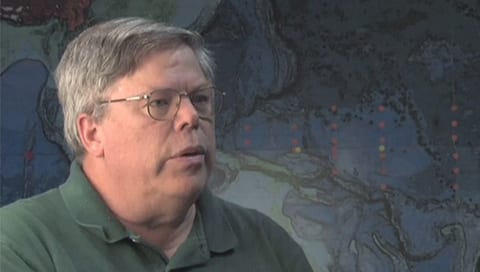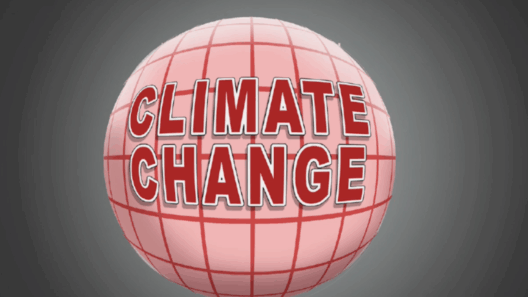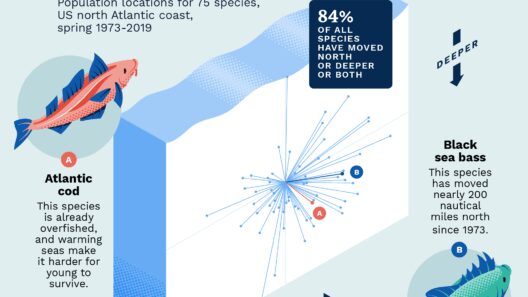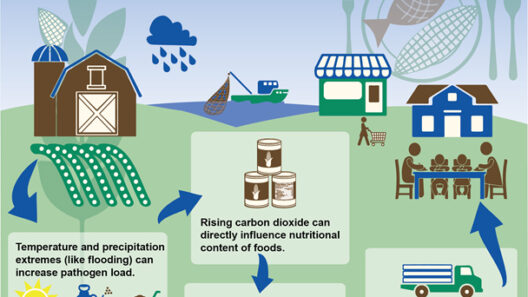In the grand tapestry of existence, climate change weaves itself as a malignant thread, ensnaring the fabric of our planet with its unrelenting grip. Are we doomed? It is a question that echoes in the corridors of policy, permeates scientific discourse, and reverberates within the consciousness of the global populace. The harsh reality of climate change manifests not merely as a specter on the horizon but as an urgent crisis demanding immediate and profound attention.
The multifaceted nature of climate change resembles a hydra, with each head representing a different threat. Rising temperatures, melting ice caps, severe droughts, and monstrous storms are not isolated phenomena; they are interconnected chapters in a narrative of environmental decline. Atmospheric carbon dioxide levels have surged, now surpassing 400 parts per million—the highest in over 800,000 years. This statistic alone serves as a grim reminder of humanity’s burgeoning carbon footprint.
At the nexus of this ecological turmoil lies fossil fuel dependency. The burning of coal, oil, and gas has propelled industrial growth but has simultaneously catalyzed an unprecedented escalation in greenhouse gas emissions. The irony is palpable: in our quest for progress, we have unwittingly signed a pact with decline. As power plants belch forth noxious fumes and vehicles congest city streets, the planet gasps for breath, a victim of our avarice.
But what is the consequence of this environmental negligence? The repercussions are cascading: frequent and intensified natural disasters, ecosystem destabilization, and threats to biodiversity. Coral reefs, those vibrant underwater metropolises, are bleached and dying, unable to withstand the rising temperatures and acidifying oceans. Species extinction looms ominously, with habitat loss and changing climatic conditions extinguishing biological legacies that have evolved over millennia.
Moreover, the social implications are stark. Climate refugees are becoming a horrifying reality, as individuals and communities are displaced from their homes due to hurricanes, torrential floods, or drought. A once robust agricultural system falters under shifting weather patterns, jeopardizing food security. The irony persists: while the affluent seek sanctuary from nature’s wrath, the most vulnerable—often the least responsible for emissions—bear the brunt of climate impacts. Justice and equity seem to drift further apart, creating societal rifts that are perilous to mend.
Yet, amidst this disconcerting narrative lies an ember of hope. The burgeoning movement toward renewable energy is akin to a phoenix poised to rise from the ashes of fossil fuel dependency. Innovations in solar, wind, and hydropower technologies glow with promise, offering sustainable alternatives that could redefine our energy landscape. The inexorable march toward electrification, coupled with energy efficiency advancements, heralds an age where innovation and environmental stewardship coexist harmoniously.
Furthermore, grassroots activism burgeons, forming an indomitable force against apathy. Young activists rally, brandishing placards and passionate voices that resonate across streets and social media platforms. Movements like Fridays for Future enshrine the idea that the youth will not inherit the earth as it is—their demands resound with an urgency that challenges those in power to act decisively. Each voice amalgamates into a chorus echoing the necessity for systemic change, urging leaders to prioritize climate action over mere rhetoric.
As we contemplate the question of whether we are doomed, it is essential to acknowledge the power of collective will. A paradigm shift is not merely a pipedream but a tangible reality if society embraces sustainable practices and policies. The contours of change are discernible in the increased adoption of electric vehicles, the implementation of carbon taxes, and the investment in green infrastructure. Each initiative, however small, contributes to a larger mosaic of resilience.
Nevertheless, the clock ticks cruelly. The Intergovernmental Panel on Climate Change (IPCC) has repeatedly warned that we have a narrowing window to avert the worst-case scenarios—perhaps as little as a decade. We reside in a pivotal juncture; the choices made today will reverberate for generations to come. It is a clarion call for immediate action, a clarion call that transcends borders and ideologies.
In this battle against the malaise of climate change, knowledge becomes an indispensable armament. Educating oneself and others about sustainable practices, conservation strategies, and ecological interdependence equips individuals to make informed choices. It cultivates an ethos where environmental responsibility takes root within communities, fostering a culture of stewardship over exploitation.
Thus, lurking beneath a pall of despair lies an undeniable truth: the narrative of climate change is not solely one of doom; it encapsulates the capability for redemption and revival. Humanity has an unparalleled capacity to innovate and adapt if collectively steered toward purpose. The metamorphosis from despair to action can redefine our relationship with the planet, crafting a future wherein coexistence, rather than conflict, prevails.
Ultimately, the specter of climate change challenges society to confront the harshness of reality. It implores us to reevaluate our priorities and the legacy we choose to forge. Are we doomed? The answer lies within our grasp. Through concerted effort, unwavering resolve, and a commitment to sustainability, we possess the potential to rewrite the destiny of our planet. The choice between doom and hope is not merely a philosophical quandary; it is a call to arms for the future we wish to inhabit.






